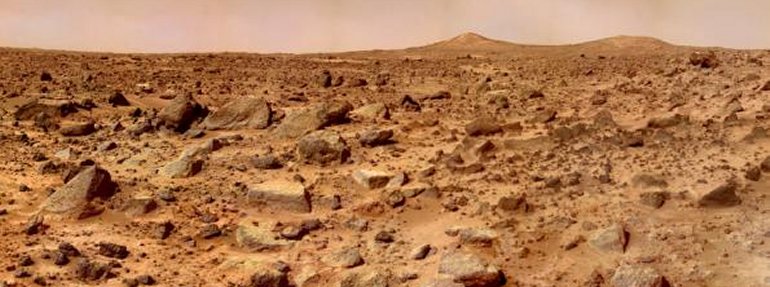
Percival Lowell was born in Boston in 1855, son of one of New England’s wealthiest and most distinguished families. His early career was absorbed in literature (his sister Amy Lowell became a famous poet) and Far Eastern travel. He became a diplomat, serving as counselor and foreign secretary to the Korean Special Mission to the United States. But in the 1890s, he read a translation of an 1877 book by Giovanni Schiaparelli, the same Italian astronomer who had concluded that Mercury’s rotation was synchronized with its orbit. Reporting his observations of the surface of Mars, Schiaparelli mentioned having discovered canali.
The word, which means nothing more than “channels” in Italian, was mistranslated as “canals” in what Lowell read, and the budding astronomer, already charmed by exotic places, set off in quest of the most exotic of all: Mars—and whatever race of beings had excavated canals upon it.
Lowell dedicated his considerable family fortune to
the study of the planet Mars. He built a private observatory in Flagstaff, Arizona, and, after years of observation, published Mars and Its Canals in 1906. Noting that the canal network underwent seasonal changes, growing darker in the summer, Lowell theorized that technologically sophisticated beings had created the canals to transport crop irrigation water from the Martian polar ice caps. In 1924, astronomers searched for radio signals from the planet (using a technique that anticipated the current search for radio signals from the universe), but to no avail. Yet the idea of intelligent life on Mars was so ingrained in the public imagination that, on October 30, 1938, Orson Welles’s celebrated radio adaptation of H. G. Wells’s 1898 science fiction novel about an invasion from Mars, War of the Worlds, triggered national panic. A variety of space probes have now yielded very high resolution images of Mars, revealing the apparent canals as natural features, such as craters and canyons. While it is true that Mars undergoes seasonal changes, the ice caps consist of a combination of frozen carbon dioxide and water.


